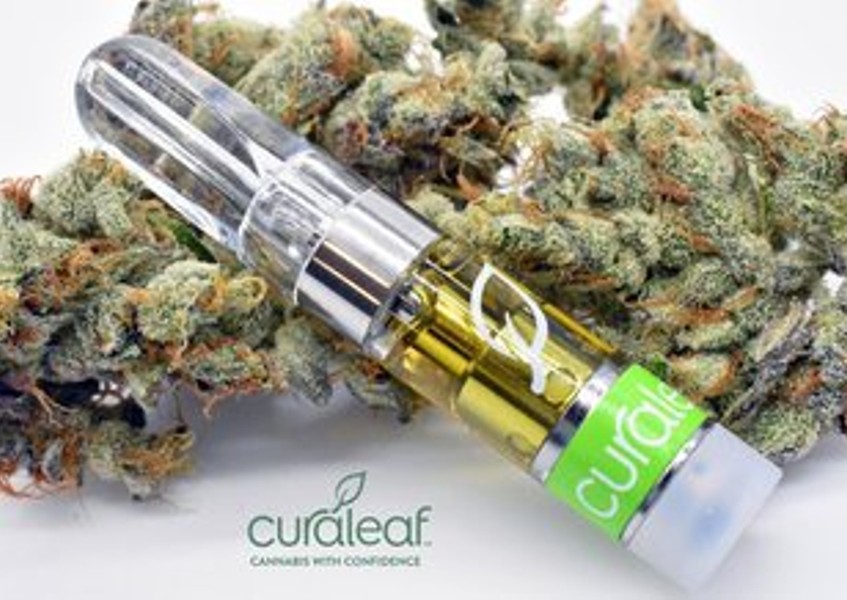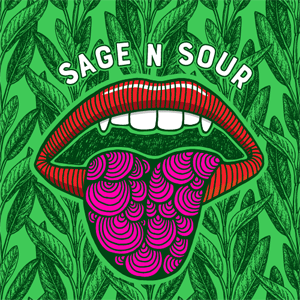About Purple Nepal
Purple Nepal is an indica-dominant hybrid with potent landrace roots. This strain is a cross between an indica indigenous to Nepal and tasty Lemon Thai. Though it leans indica, to be sure, Purple Nepal’s sedative high is not typically strong enough to incapacitate users, instead allowing for mellow relaxation. The strain’s fruity flavor and colorful flowers make it even more appealing. Purple Nepal’s THC content has been measured at between 16% and 25%.
Typical EffectsRelaxed
Creative
Euphoric
|
Common UsageDepressed
Arthritis
Migraines
|
THC Content
HIGHEST TEST
STRAIN AVERAGE
INDICA AVERAGE
WIKILEAF AVERAGE
WIKILEAF HIGHEST
Flowers of Purple Nepal catch the eye with their color and distinct structure. These buds range in shape from elongated and almost cylindrical to tapered and spade-like. They cling together in the dense, compact bud structure associated with other mostly indica varieties. The leaves are this strain’s real showpiece, with a veritable camouflage pattern of mossy green and dark purple. These latter colors come about when anthocyanin pigments in the strain’s genetics are stimulated by cold weather during the growing process. Finally, translucent white trichomes cover these already-colorful buds and make them appear somewhat pale when seen from a distance.
When properly cured, Purple Nepal gives off a pleasant, fruity aroma, redolent of tart berries. On closer inspection, there’s also a eucalyptus-like odor that provides an herbal base scent. Meanwhile, grinding up the flowers gives off prominent earthy and musky notes. When burnt, Purple Nepal gives off a smooth and easily palatable smoke. On the exhale, this smoke carries a musky flavor that mixes with a tropical citrus taste, passed on from the Nepalese parent strain.
Purple Nepal has a slow onset, only revealing itself several minutes after users have savored its richly-flavored smoke. Some initial signs of action include a tingle around the jawline and temples, along with a sudden flushing in the cheeks. At this point, smokers may also be more likely to experience sensory distortions in the form of an intensification of some sights and sounds, as well as a trippy sense of time passing more slowly. If able to adjust to and process these phenomena without panic, consumers are then in for a long, sedated ride. Purple Nepal quickly begins to untie any knots of muscular tension, laying users out flat and giving them an increased capacity for deep and restorative breathing. As the outside world begins to recede into the background, any prior motivation tends to dissipate as well. Indeed, although Purple Nepal has some subtle effects on consumers’ thinking, it isn’t likely to plunge them into a headspace of recursive, cerebral thinking. As such, this may not be the best bud to toke on before embarking on a complex, task-based job — but it could be just the thing for kicking off a creative project or an open-ended brainstorming session. Purple Nepal also exerts a positive influence in social situations, where it can help to inspire free-flowing conversation and easy camaraderie. As this high wears on or as dosage is increased, couchlock becomes more and more of a possibility, as does sleep. As such, Purple Nepal is best consumed during the later afternoon or early evening, when its sedative nature can be fully appreciated.
This strain’s soothing properties can also have several applications for medical cannabis patients. Its mood-altering effects can temporarily banish the symptoms of stress, depression, and even anxiety. It can also dull physical pain, whether temporary, as due to injury, or chronic, as due to conditions like lupus or arthritis. Meanwhile, the strain’s anti-spasmodic properties may alleviate disorders like restless leg syndrome. As noted, in large enough quantities, Purple Nepal can even work against insomnia. Because it is not likely to bring about obsessive, cerebral thinking, this strain is a good option for patients who are prone to panic or paranoia.
Seeds of Purple Nepal are not available for sale online. As such, home growers must obtain clippings from mature, healthy plants of the strain in order to foster “clones.” The plants can be grown indoors or out, although outdoor cultivation requires a semi-humid climate with consistent daytime temperatures between 70 and 80 degrees Fahrenheit. Shortly before flowering begins, growers should expose their crops to temperatures between 10 and 15 degrees below average in order to bring out their full purple potential. Purple Nepal flowers within 8 to 9 weeks when grown indoors and is ready for harvest in mid October when grown outdoors.
This colorful bud is a good option for indica lovers who don’t want to be completely incapacitated off the bat. It can be a great choice for a rainy day alone, as well as a night in with friends.
Other Products From This Seller
$118.00
$118.00
- Availability: in stock
$103.00
$103.00
- Availability: in stock
$109.00
$109.00
- Availability: in stock
$100.00
$100.00
- Availability: in stock
$115.00
$115.00
- Availability: in stock
$103.00
$103.00
- Availability: in stock
$115.00
$115.00
- Availability: in stock
$119.00
$119.00
- Availability: in stock
$105.00
$105.00
- Availability: in stock
$108.00
$108.00
- Availability: in stock














